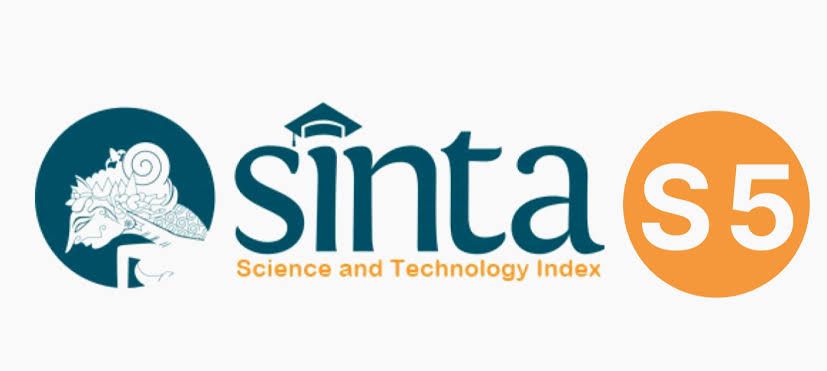Improving Motoric Outcome after Early Craniectomy in Patient with Open Depressed Fracture Involving Motoric Cortex Area : A Case Report
DOI:
https://doi.org/10.32734/aanhsj.v3i1.5946Keywords:
traumatic brain injury, depressed fracture, motoric outcome, penumbraAbstract
Introduction : Traumatic brain injury (TBI) remains a major public health problem worldwide. It is a leading cause of mortality and disability across the globe. Brain swelling and intracranial hypertension are well-recognized secondary insults associated with increased mortality and poorer outcomes. In majority of head injury cases, the incidence of depressed skull fracture is also increasing. When this situation involving in motoric cortex area, it can cause limb weakness and devastating effect.
Case Report : We reported a 21 year old male patient came with complaints of decreased consciousness due to a motorcycle accident. On motoric examination, hemiplegia was found in the left limb. There was a open wound in the right fronto-parietal region, Head CT Scan revealed a depressed fracture in the right fronto-parietal region and multiple contusions on the right frontal. Craniectomy procedures was performed. Post operatively there is an improvement in patient consciousness and motoric outcome.
Discussion : Open depressed fracture is one of the most common traumatic brain injury (TBI). Prevent infection and saving traumatic penumbra is the main target of surgery in this case. The pathophysiological changes in the traumatic penumbra are dynamic processes, the development and outcome of TBI depends greatly on the progression of tissue damage in the traumatic penumbras. Early clinical treatment can effectively rescue the tissue which has the potential to recover and hinder the progression of secondary injury
Conclusion : Traumatic brain injury (TBI) has high morbidity and mortality in worldwide. Time dependent progression has provided a window of opportunity to take interventional action and reduce secondary injury after TBI. Motoric outcome can improve with early management.
Downloads
Downloads
Published
How to Cite
Issue
Section
License
Copyright (c) 2021 Asian Australasian Neuro and Health Science Journal (AANHS-J)

This work is licensed under a Creative Commons Attribution-NonCommercial-NoDerivatives 4.0 International License.
The Authors submitting a manuscript do understand that if the manuscript was accepted for publication, the copyright of the article shall be assigned to AANHS Journal.
The copyright encompasses exclusive rights to reproduce and deliver the article in all forms and media. The reproduction of any part of this journal, its storage in databases and its transmission by any form or media will be allowed only with a written permission from Asian Australasian Neuro and Health Science Journal (AANHSJ).
The Copyright Transfer Form can be downloaded here.
The Copyright form should be signed originally and sent to the Editorial Office in the form of original mail or scanned document.














